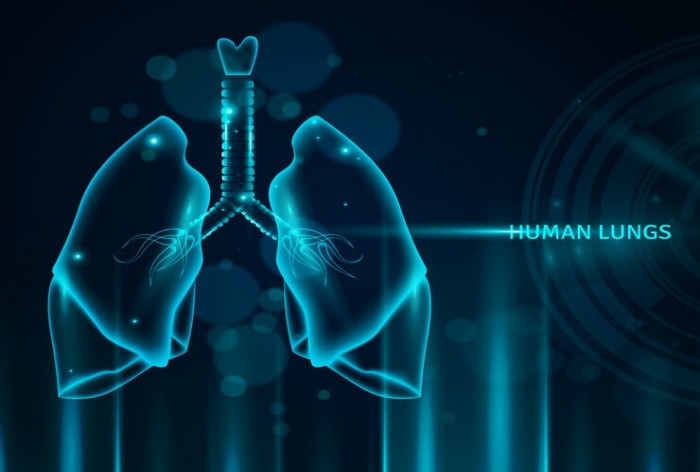According to a new study, it may be a possibility that healthy lung development hinges on communication between immune cells and cells that line the airways.

The immune and respiratory systems coordinate much earlier than previously thought, finds a study that raises hope for tackling respiratory diseases in early childhood. Globally, respiratory conditions account for almost 20 per cent of all deaths in children under the age of five.
The research from the University College London and Wellcome Sanger Institute showed that healthy lung development hinges on communication between immune cells and cells that line the airways. The study, published in Science Immunology, has created a first-of-its-kind immune cell atlas of the developing lung.
This discovery raises questions about the potential role of immune cells in other developing organs across the body and offers new insights for understanding and treating respiratory conditions, such as chronic obstructive pulmonary disease (COPD).
“Our study shows that there is a symbiotic relationship between immune cells and the developing foetal lungs – some immune cells use the lungs as a developmental niche, preparing for exposure to an onslaught of pathogens at birth, while other immune cells help shape the lung tissue,” said Dr Jo Barnes, from UCL Division of Medicine.
“Knowing that immune cells can affect tissue modelling in the developing lungs opens the door to potential regenerative therapies in not just the lung, but in other human organs,” he added.
Recent discoveries confirm the presence of immune cells in human lungs as early as five weeks into development.
To explore whether the immune system might influence how lungs grow, the team studied immune cells in early human lungs from 5 to 22 weeks of development.
They used various techniques, including single-cell sequencing and experiments with lung cell cultures, to see if immune cells could affect lung cell development.
The team found that immune cells play an active role in directing the growth of human lung tissue during development.
They also detected an infiltration of innate immune cells followed by adaptive immune cells.
The findings fundamentally change the understanding of the immune and epithelial interactions that are crucial for foetal lung maturation.
They also suggest that early immune disturbances could manifest as paediatric lung disease.

